(Any opinions expressed here are those of the author and not necessarily of ScoopWhoop)
Jokes tend to capture truth more effectively than analysis. They have a way of making facts easier to swallow. The most recent joke going around is: What is the difference between the UPA and NDA governments? In the UPA we had a government and no PM and in the NDA we have a PM and no government.
The joke highlights the tension of one year of Prime Minister Modi’s government. While the PM is still riding high in the public’s image, the government is looking quite ordinary. The government as a whole is getting tied up on execution and floundering on detail.
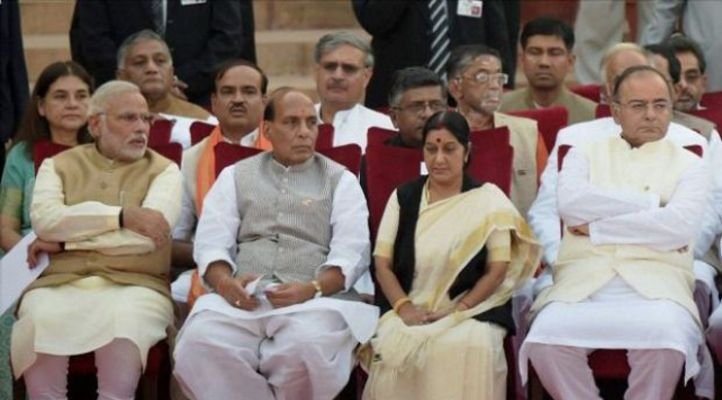
What makes matters worse is the highly centralised government PM Modi has set up. Every thing goes through the PMO and everything gets the PM’s clearance. His micro-management is fast resulting in policy paralysis of a different kind.
“Suit-boot ki sarkar”
PM Modi has a tendency to be thrilled by ideas, but bored by the details.
Take his legislative agenda, the government is all over the place and does not have a clear vision in mind. Their confusion has taken the rhetoric out of their hands. Resulting in the BJP getting the image of being pro-corporates and anti-poor.
Their amendments to the Land Acquisition Bill did not help either. The proposed amendments have indicated to some that the interests of farmers are being ignored. Primarily because the new bill allows big businesses to take possession of land without the consent of farmers.
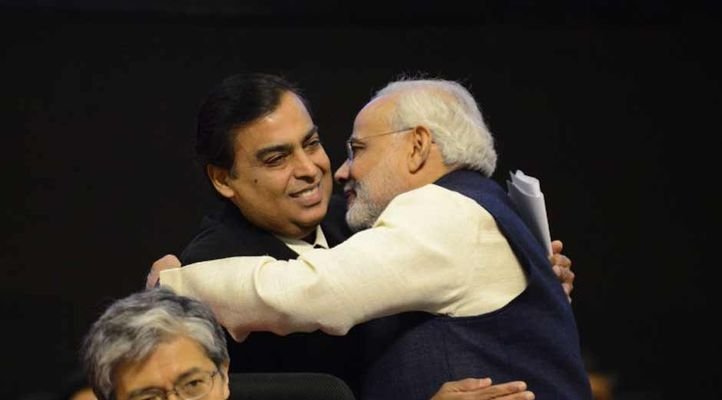
The Citizenship (Amendment) Ordinance 2015 was another contentious piece of legislation passed by the government. This ordinance allows NRIs and PIOs to vote in Indian elections, however, it does not include the rights of migrant labourers. Men and women who travel the country in search of work do not have the right to vote outside their home constituency, and the government has done nothing to help.
“Sabka saath, sabka vikas”
The government’s economic performance has been disappointing. Contrary to the prime minister’s own rhetoric, there is almost no decision this government has made that can be called bold.
The ‘achhe din’ slogan was premised and promised on the hope that PM Modi would radically transform the Indian economy. This has left the government hobbled by its own rhetoric. In comparison with the previous government there has been minimal escalation in almost all sectors of the economy. Hardly a radical transformation.
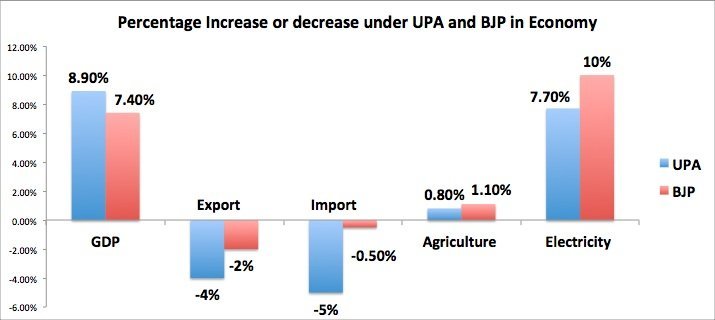
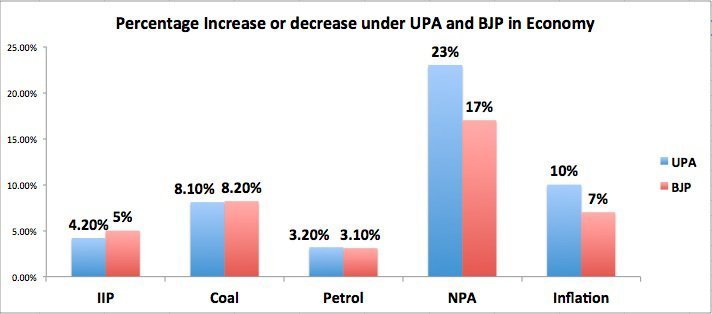
*IIP – Index of Industrial Production. NPA – Non-Performing Assets.
In terms of Inflation, PM Modi has gotten extremely lucky, massive cuts in global crude oil prices automatically tempered his challenges with inflation and subsidies.
The intangibles
PM Modi is interested in concrete things like infrastructure and defence hardware, the intangible things like healthcare and education are left to others. In their latest Budget, the government has cut healthcare spending by 15%. The previous government’s Integrated Child Development Scheme – that accounted for education, food and healthcare for children – has been cut by 50%. The country’s healthcare system is already vastly underfunded.
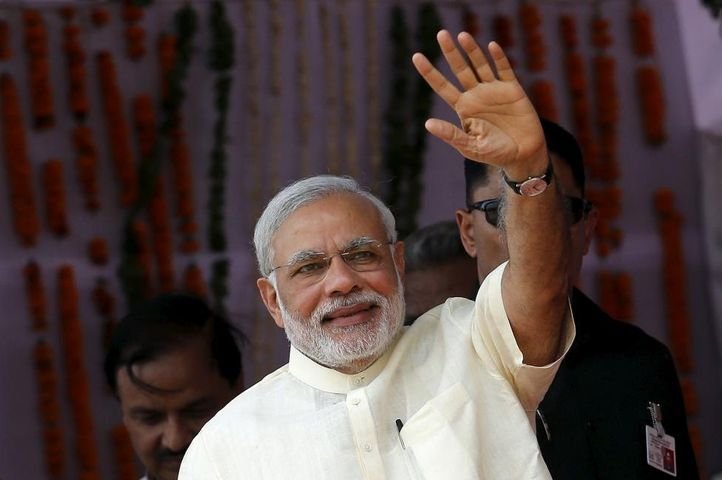
Education is doing even worse. The Budget cut education spending by 16% and the government is yet to announce a major policy for education reform. India’s abundance of young workers is not automatically an advantage. What the country needs is people with better skills at every level of organised employment. PM Modi plans on providing vocational training for 500 million people by 2022, but he has mentioned nothing on higher education. He needs to encourage more competition and investment in this field.
One man army?
There is no doubting PM Modi’s conviction that India is destined to achieve greatness, and he may well be right. It could be one of the three largest economies in the world, and wield more influence in international affairs than ever before. The problem is, according to PM Modi, only one man is destined to lead India down this path: Narendra Damodardas Modi.
The Economist chose not to back PM Modi in the 2014 elections because of his handling of Godhra pogrom as Chief Minister of Gujarat. Since he became PM, there have not been any communal riots. However, there have certainly been instances of religious intolerance. Ghar Wapsi – where non-Hindus were converted and then welcomed as Indians – The banning of beef in Maharashtra – because cows are sacred in Hindu culture, a clear instance of the state enforcing religion on its citizens – and celebrating Christmas as Atal Bihar Vajpayee’s birthday – students were told to go to school on December 25 and write an essay on the former PM.
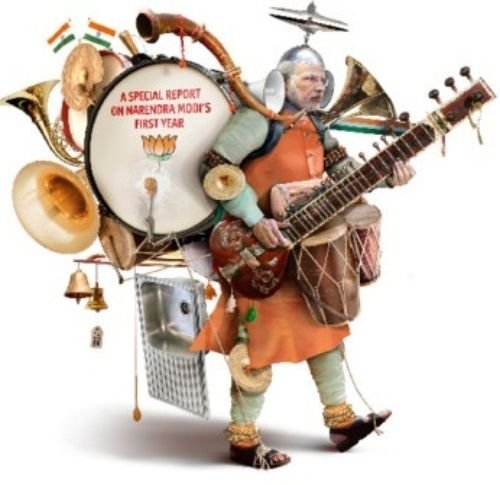
In an age where films are declared a hit or a miss in their first week, politicians have also been given a limited time frame. Yes, the Modi government has not performed exceptionally well this year. It has lacked focus and flip-flopped on major issues. However, in comparison to the previous government, the one year analysis is not too shabby. My major concern with PM Modi is his tendency to occupy all of the limelight. Whether it is the highly centralised government or the comments made abroad, he needs to be front and centre. This to any liberal democrat is highly disconcerting.
Does it strike anyone else as odd that the current government is referred to not as the BJP or NDA government, but almost always as the Modi government?
Prime Minister Modi cannot blithely assume his power will grow. The prime minister’s office cannot expand to do everything. It is time to relaunch his government by bringing in outside talent, or giving a chance to what already exists in the party.

















